| Hollywoodland | Nov 12 2017 |

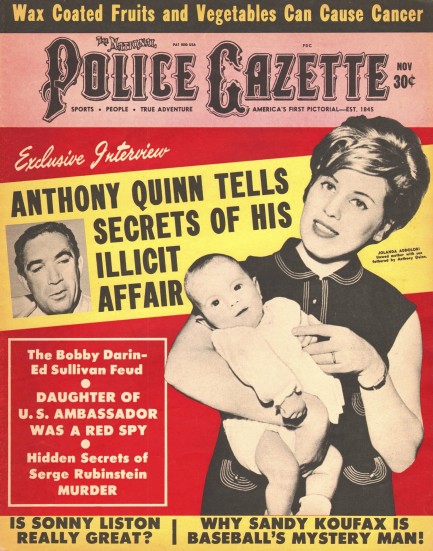
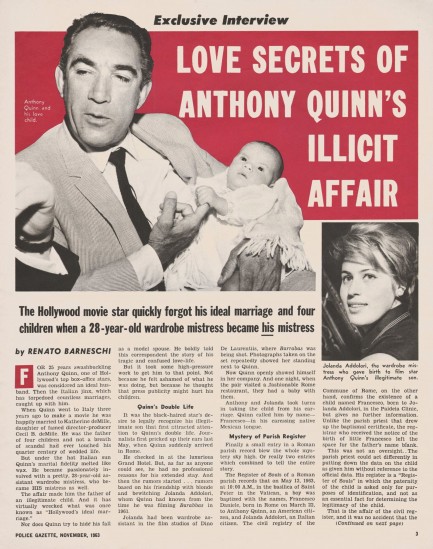
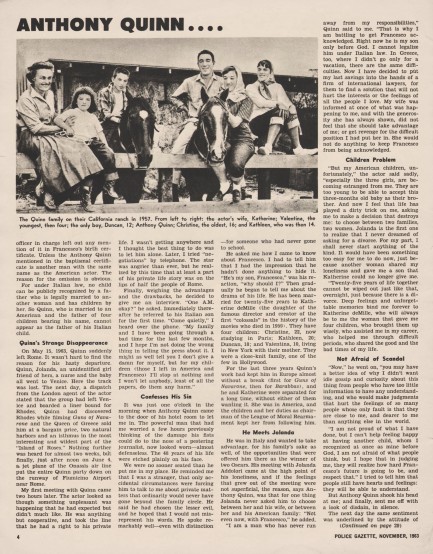
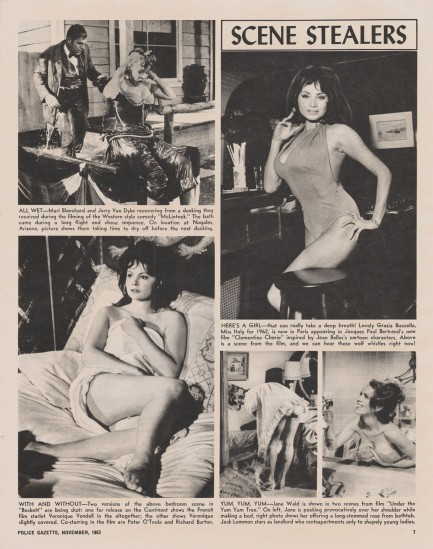
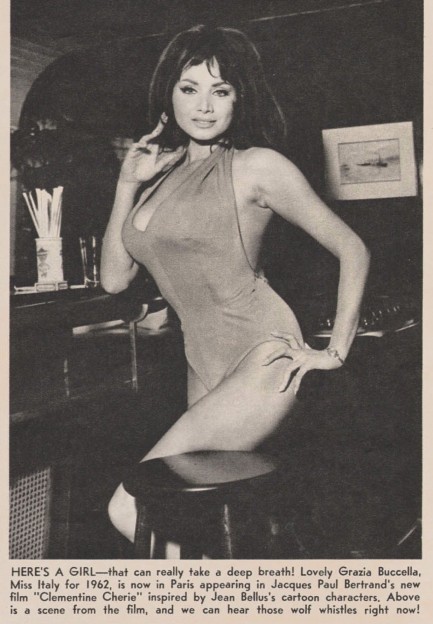
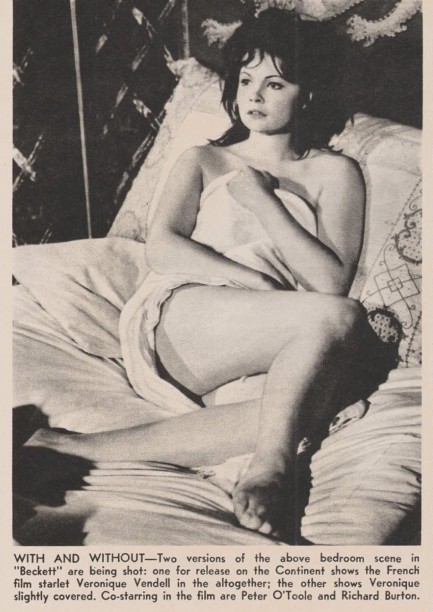
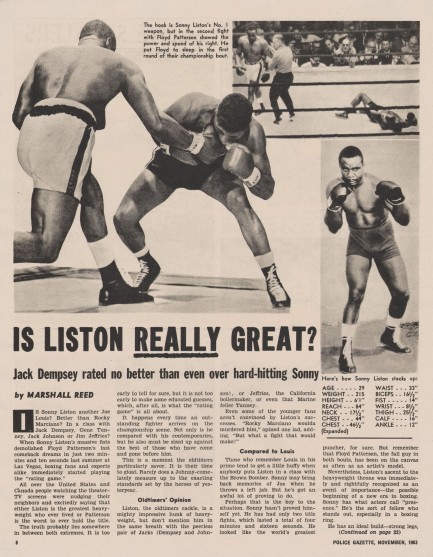
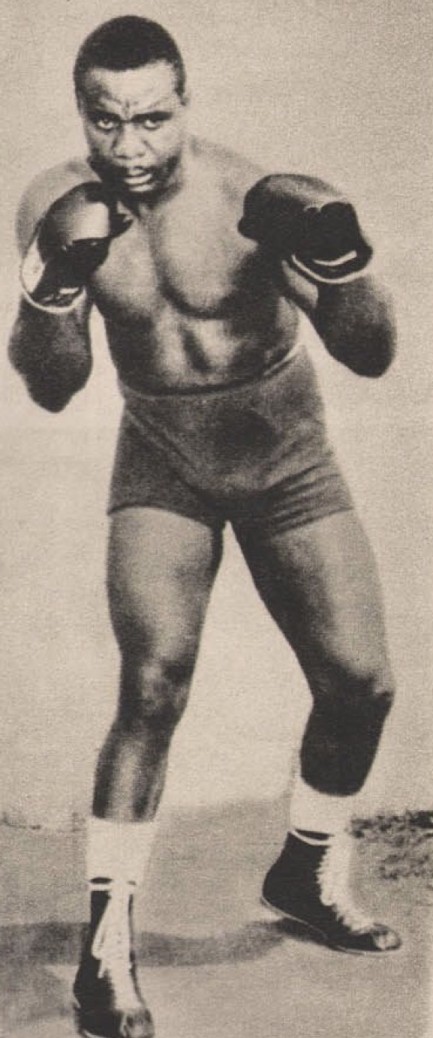
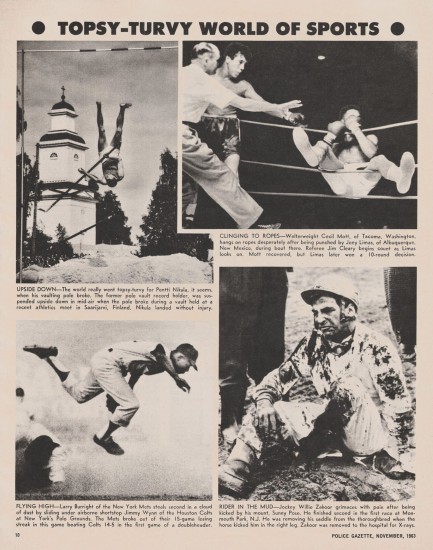
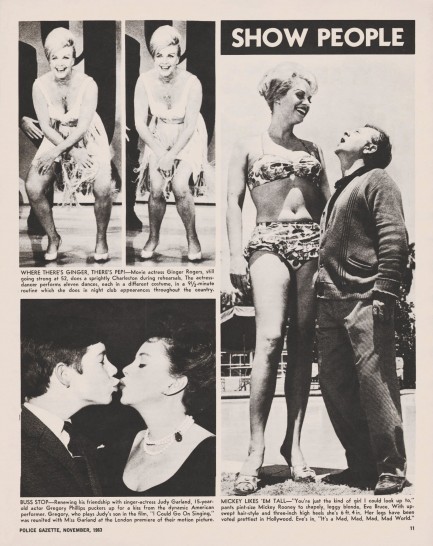
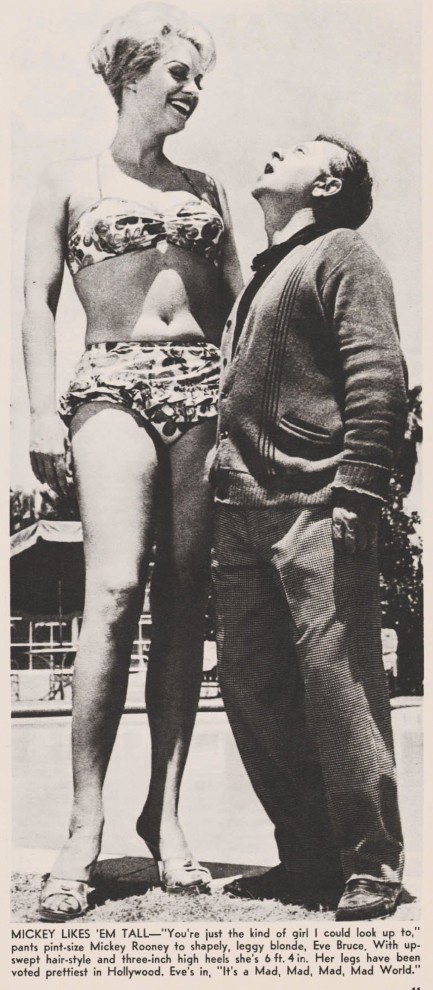
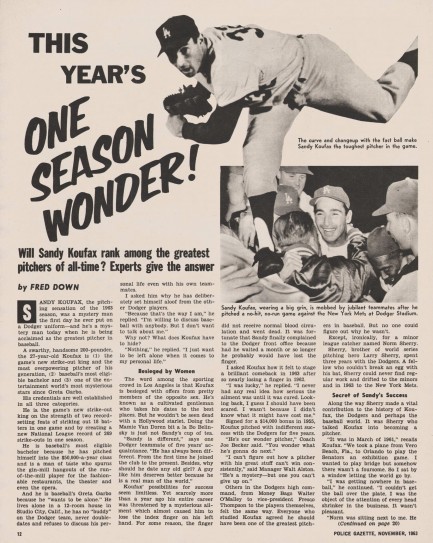
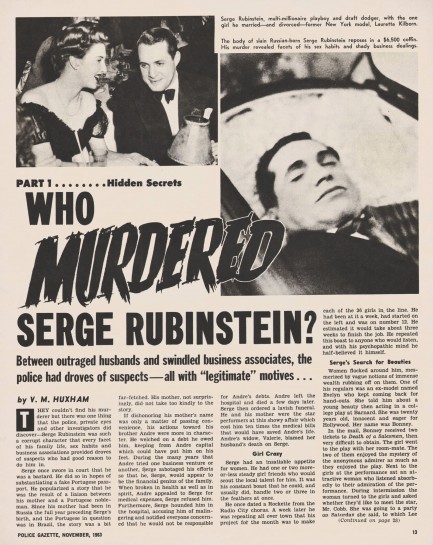
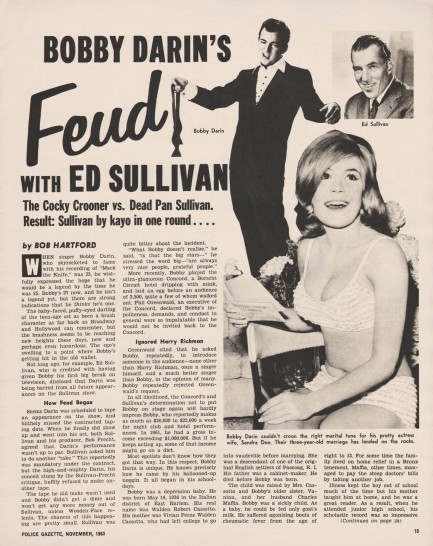
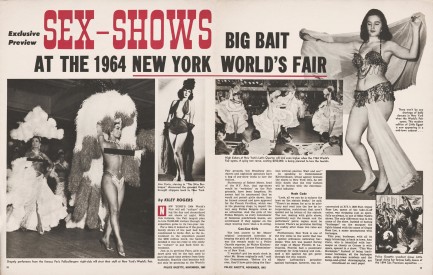
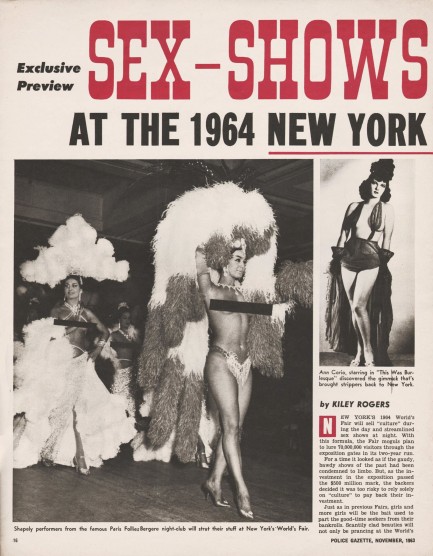
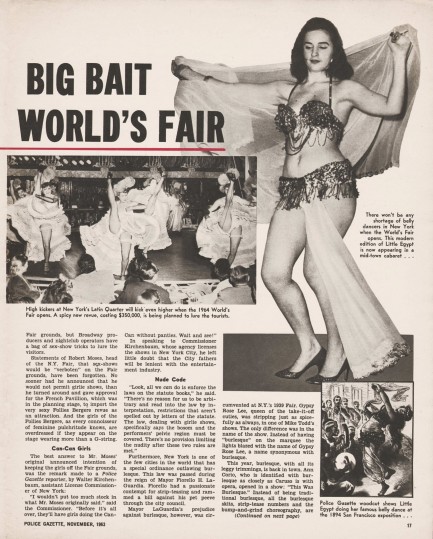
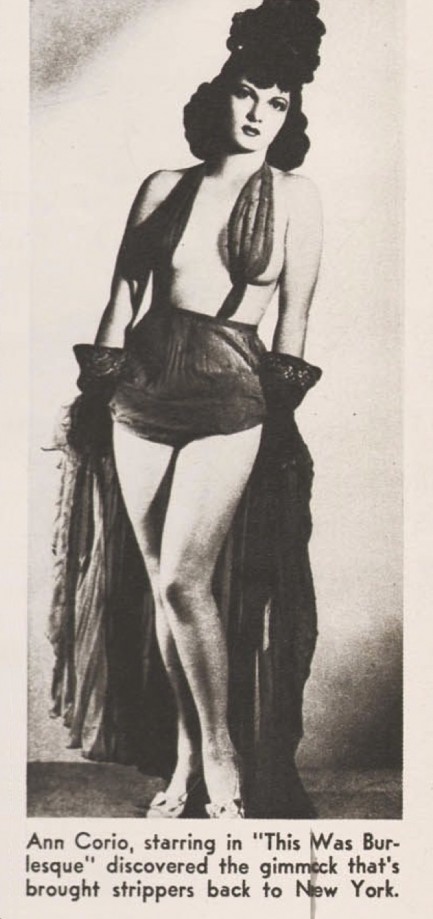
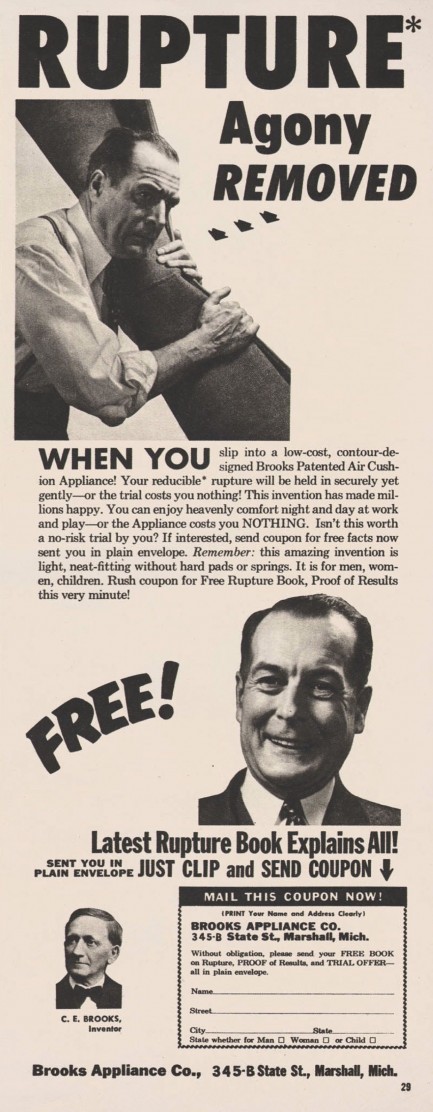
| Vintage Pulp | Mar 31 2014 |

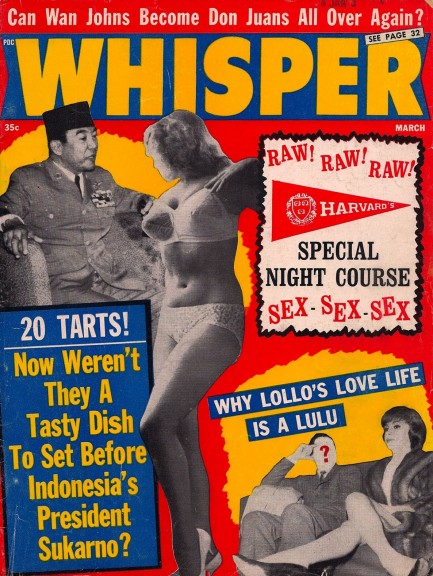
Whisper features a political figure on this cover from March 1964, namely Indonesian ruler Kusno Sosrodihardjo, later known as Sukarno, who we’re told was offered twenty prostitutes while visiting his country’s embassy in Copenhagen in 1961. In fact, the magazine goes on to claim that the embassy housed a brothel. Though it sounds like a typical tabloid tall tale, it’s actually true. Time magazine had written about it in its October 1963 issue, stating: A diplomat may be only a cookie pusher, but the kind of cookies pushed by Indonesia’s charge d’affaires in Copenhagen tumbled, not crumbled. Last week Danish police announced that Gustin Santawirja not only ran his country’s embassy, [snip] but was also a procurer on the side. Santawirja got into the tart trade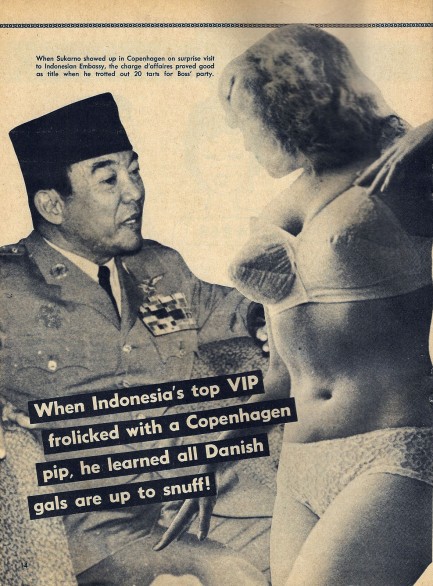
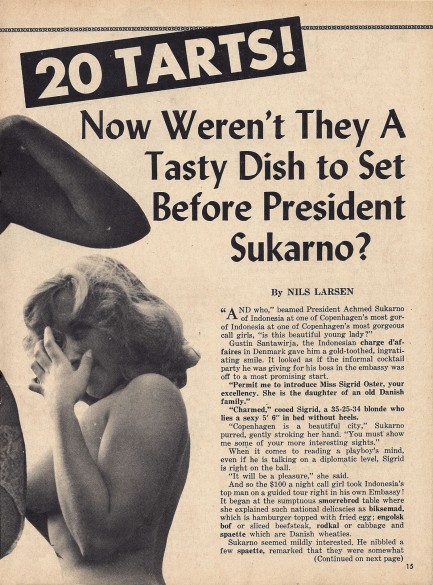
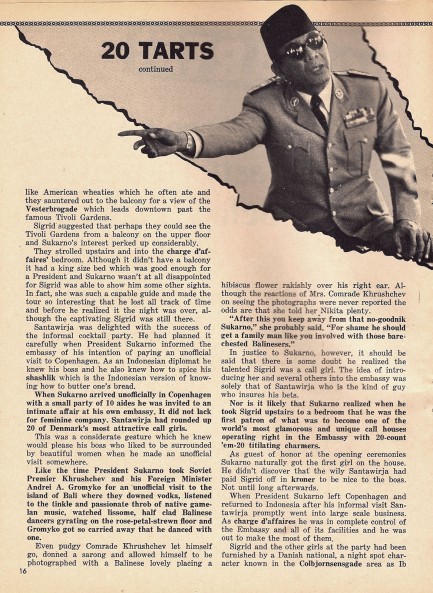
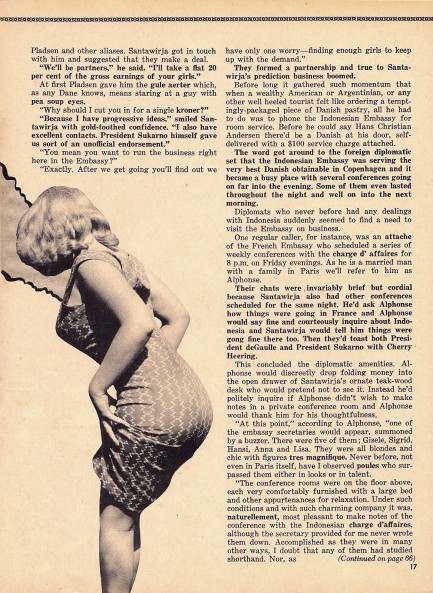 in 1961 when Indonesia's President Sukarno showed up in Copenhagen on an unofficial visit. Amiably, he rounded up some girls for the visiting entourage. So successful was the venture that he decided to supplement his entertainment allowance by running a fulltime poule hall. “Poule” is French for “hen,” by the way, and Whisper was correct, but it was also late to the party. We give no credit for publishing what was already widely known.
in 1961 when Indonesia's President Sukarno showed up in Copenhagen on an unofficial visit. Amiably, he rounded up some girls for the visiting entourage. So successful was the venture that he decided to supplement his entertainment allowance by running a fulltime poule hall. “Poule” is French for “hen,” by the way, and Whisper was correct, but it was also late to the party. We give no credit for publishing what was already widely known.
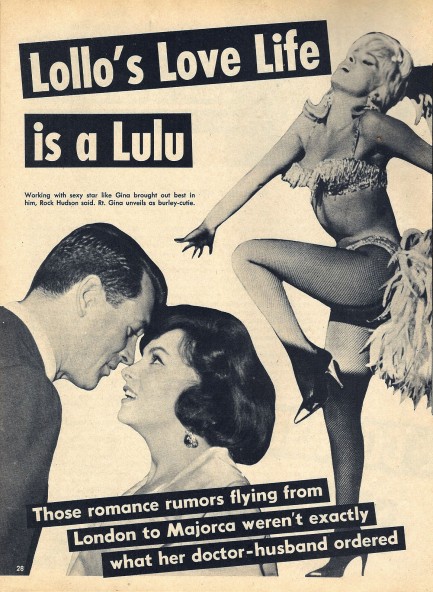
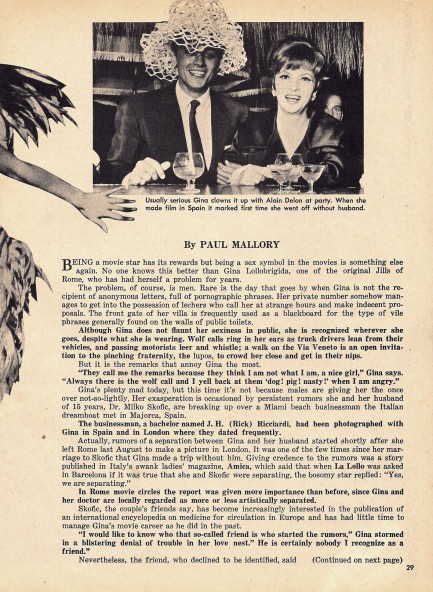
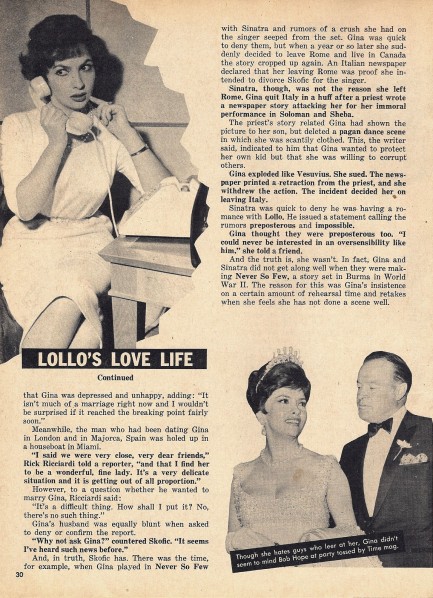

she fled back to Italy and, because Hughes owned her American contract, she was unable to make movies in the U.S. She became an international star just the same, acting exclusively in Europe, but having attained celebrity claimed it was difficult for her. She complained: “When I am with people I am constantly watched, and I can’t get used to this sort of thing—that they look at me as a chimpanzee in a zoo.” Sounds bad, but she eventually learned to enjoy it. In 2000 she commented to Parade magazine, “I’ve had many lovers and still have romances. I am very spoiled.” So it seems even the worst parts of celebrities’ lives aren’t really all that bad. Assorted scans below.
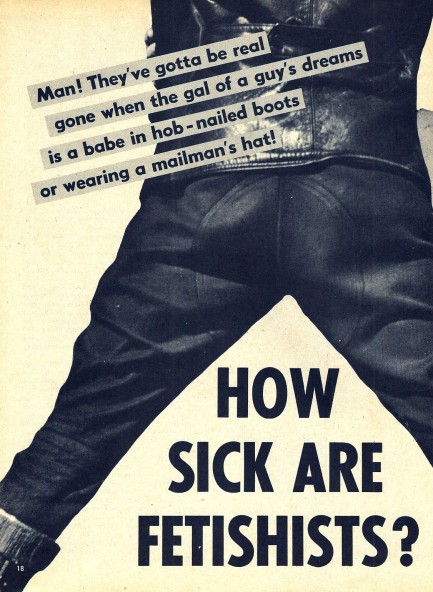
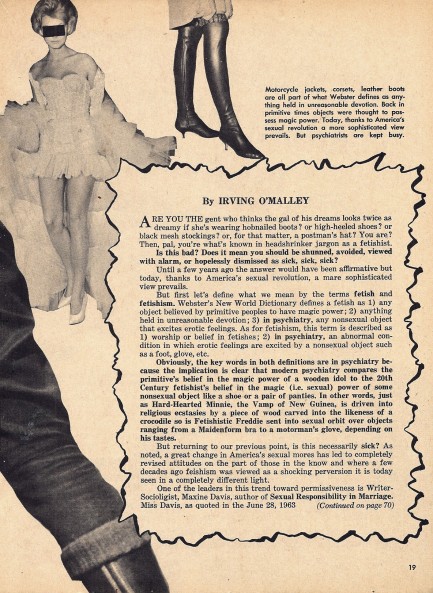
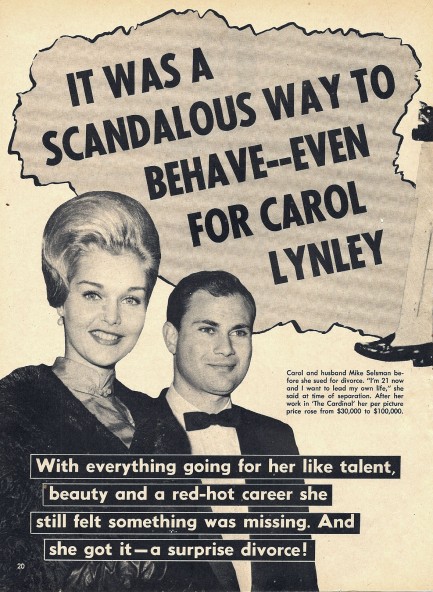
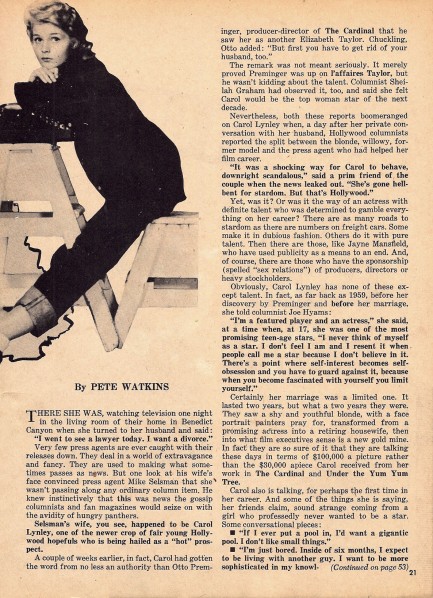
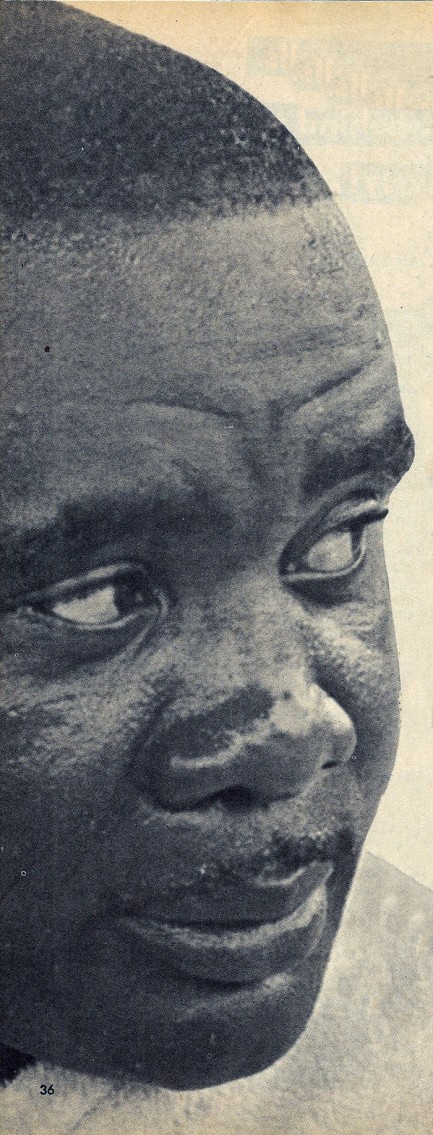
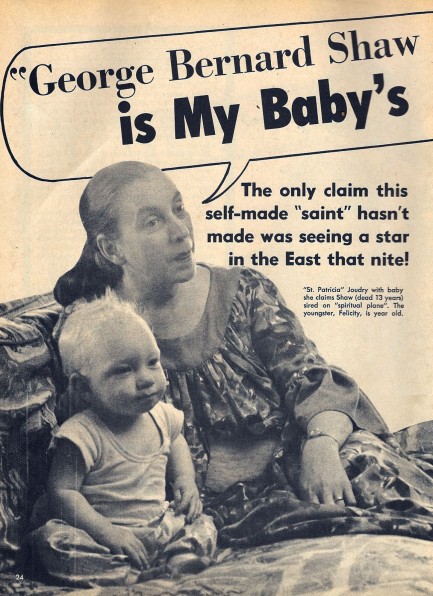
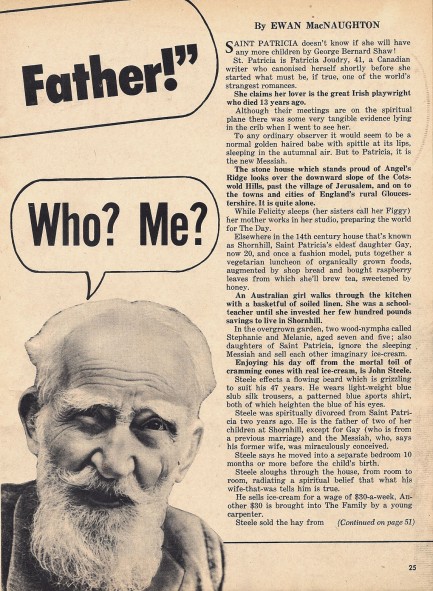
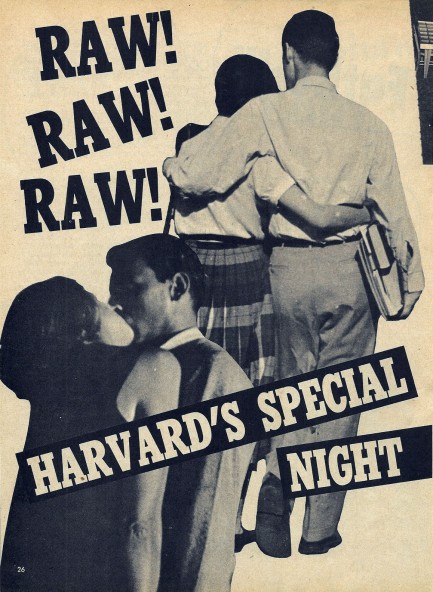
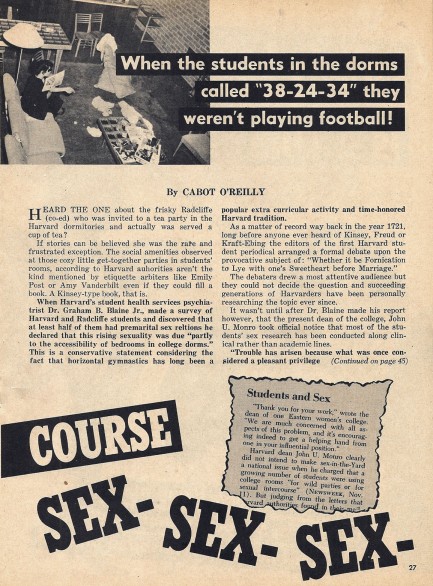

| Sex Files | Sep 13 2011 |

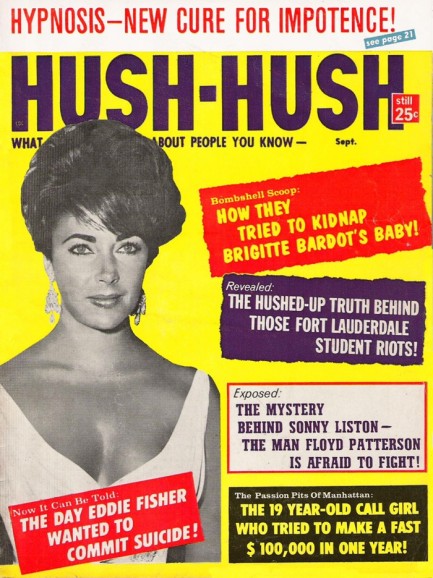
Mid-century scandal rag Hush-Hush gets all riled up in this September 1961 issue featuring cover star Elizabeth Taylor. Inside, readers are treated to exposés of Taylor, Eddie Fisher, Brigitte Bardot, Sonny Liston, and Beverly Aadland, as well as shocking tales about goings-on in Fort Lauderdale, Florida, and Baumholder, Germany, but it’s in the article on bodybuilding magazines that Hush-Hush truly gets out the knives.
Because erotic publications openly catering to gay males would have caused a legal firestorm in the early 1960s, various enterprising capitalists published gay content in the guise of bodybuilding magazines, using health and fitness as a cover for imagery designed to sexually titillate. Hush-Hush journo Sidney Reed jumps all over this practice in his article, informing readers about the existence of these magazines in terms so abusive we’ve never seen their equivalent in print anywhere. He uses phrases like “sex sick creepsters” and “lunatic depravity”, and there are many more insults, so colorful, so vicious, and piled so high that it begins to feel like satire.
But Reed is 100% serious, perhaps even obsessed. He finds, in one of the magazines he located, an ad for nude photographs of a fourteen-year-old boy, then tars all gay men with that brush, while of course sparing heterosexuals from the same treatment even though the trade in pre-pubescent girls was well-established and well-documented by that time. It’s worth pointing out once again that Hush-Hush wasn’t a fringe publication—it sold millions of copies a month. And so you get a sense of some very prevalent attitudes about homosexuality in the early ’60s. We have many scans below, and more issues of Hush-Hush coming later.
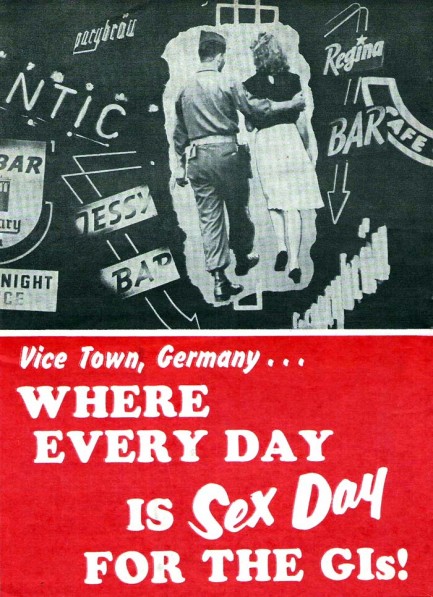
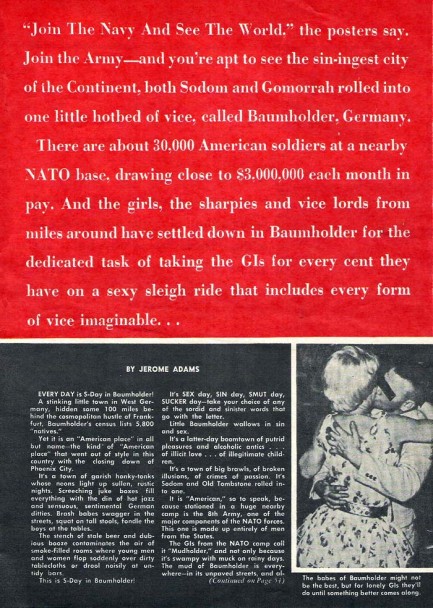
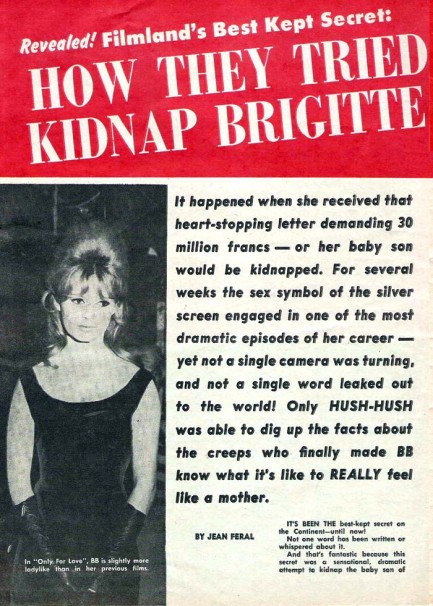
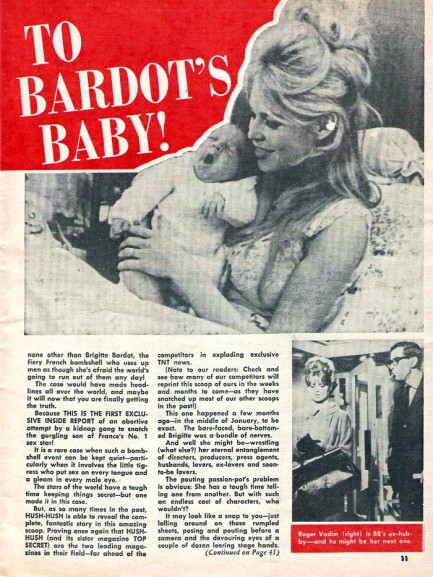
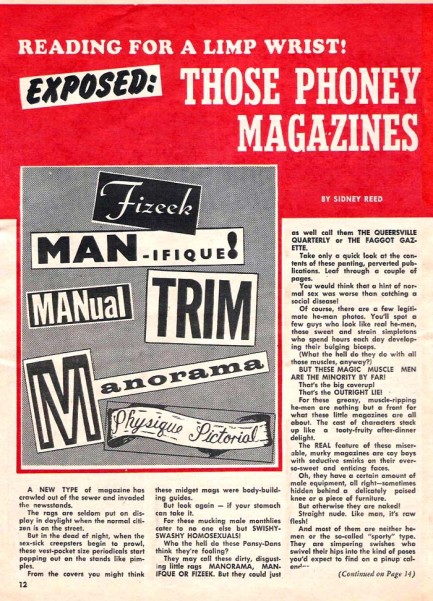
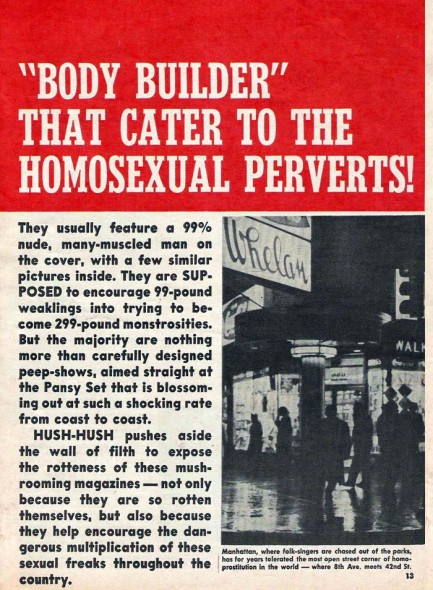
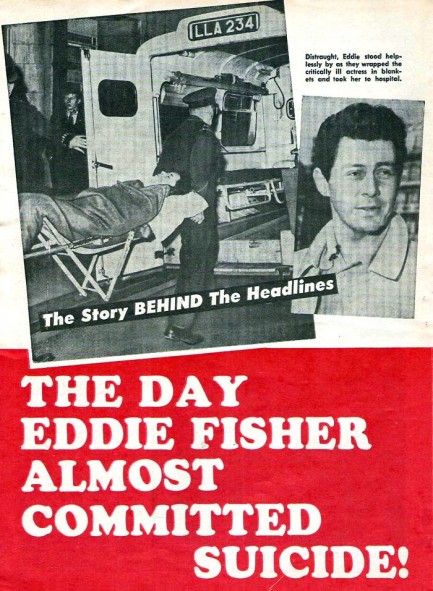
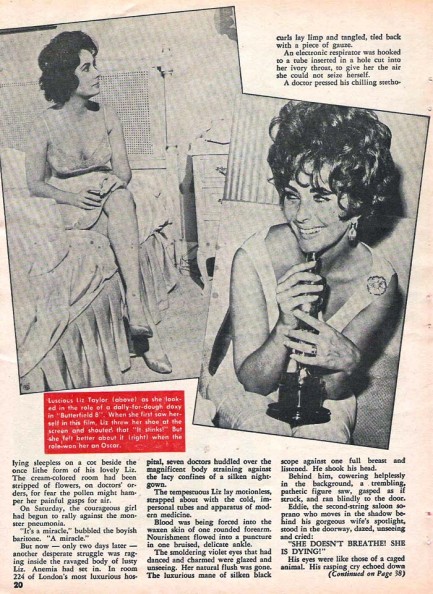
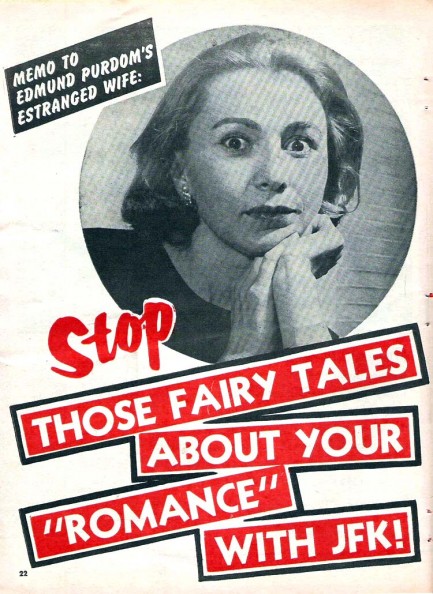
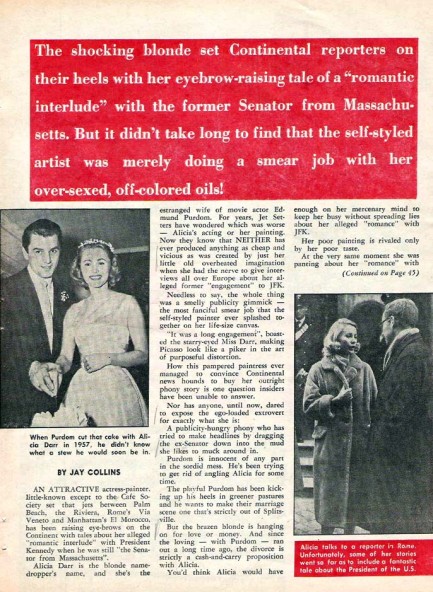
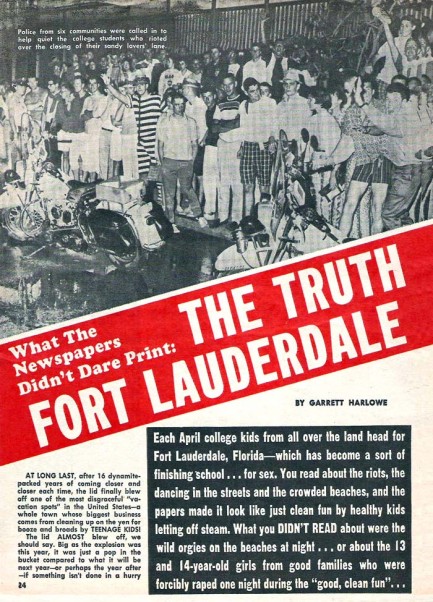
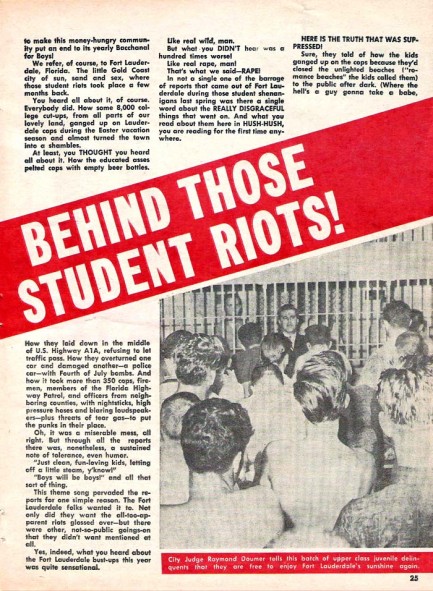
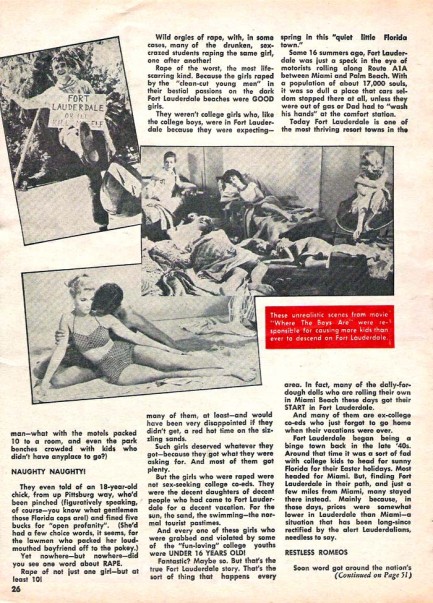
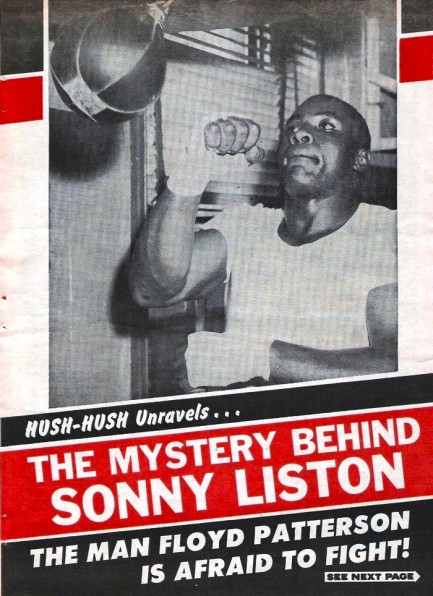
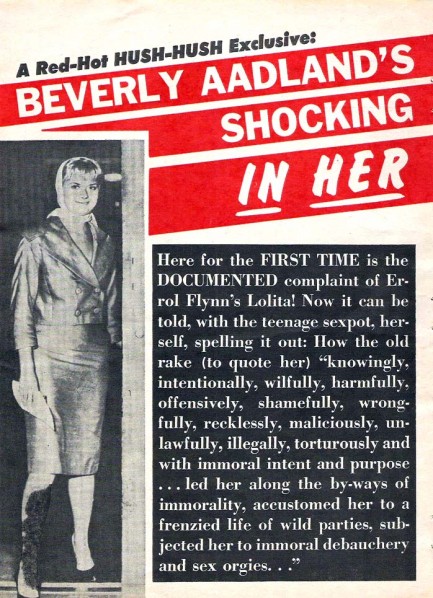
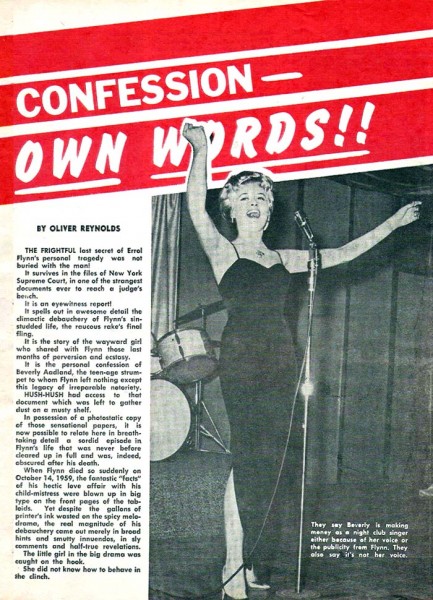
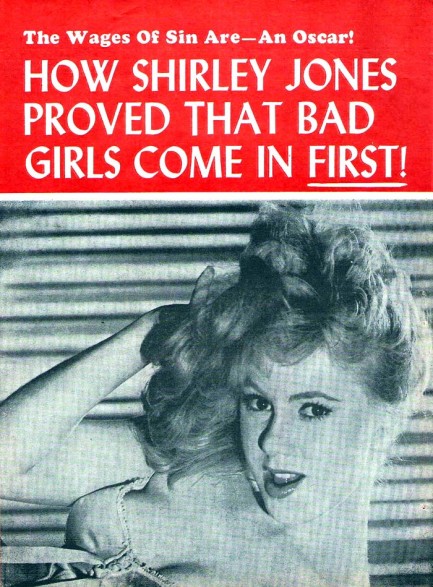
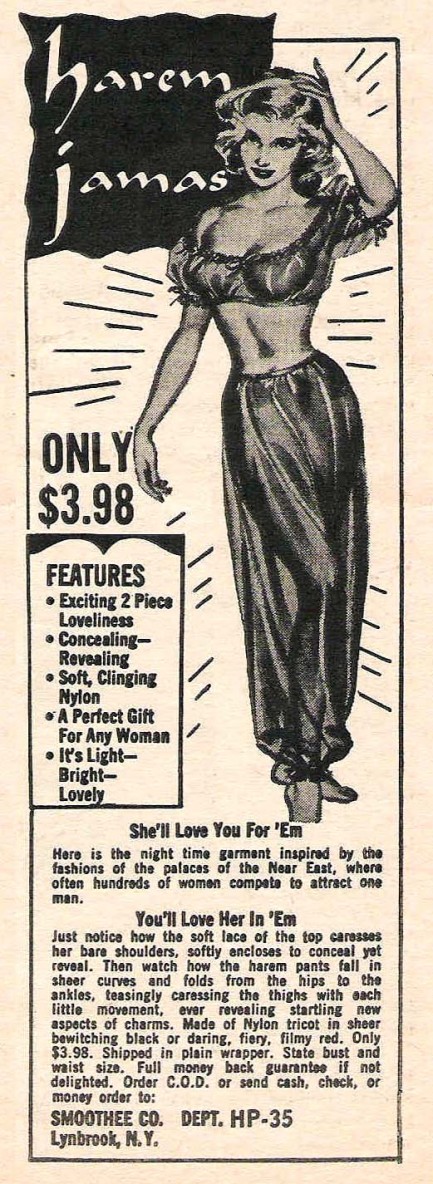

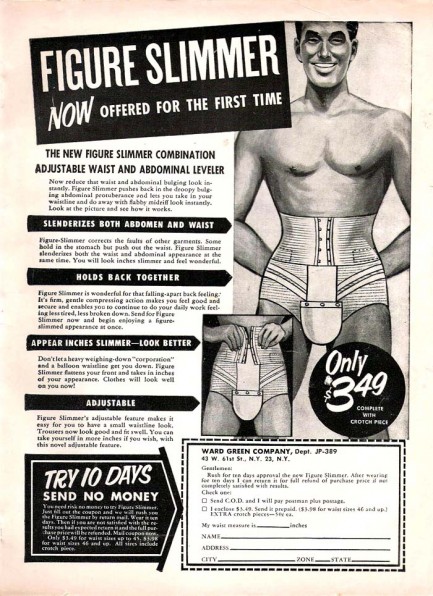
| Sportswire | Jan 3 2011 |

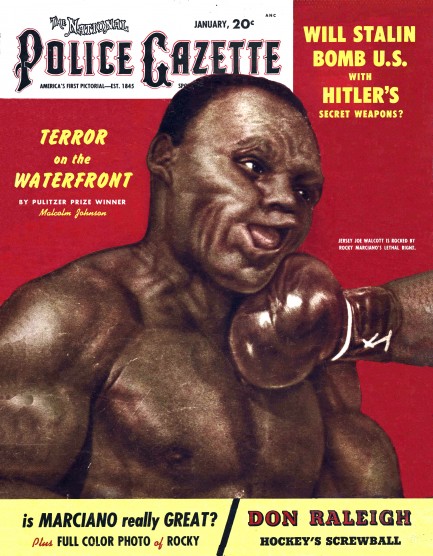
The National Police Gazette devoted more space to boxing than most magazines of its time, and Gazette editors especially loved using boxing photo-illustrations on their covers. The above, from January 1953, is yet another example—albeit an unusual one. You may think that this is actually just a bad painting, but no—it’s a colorized and retouched version of a famous photograph of heavyweight champion Jersey Joe Walcott losing to younger, hungrier Rocky Marciano. It happened September 23, 1952 in Philadelphia, and Walcott—having scored a knockdown in the first round—was ahead on points in round 13 when he walked into Marciano’s right hook. Walcott was a guy who had fought hard all his life. He was the son of Haitian immigrants and had gone to work in a soup factory when he was only thirteen. He had won a lot of bouts, but had lost 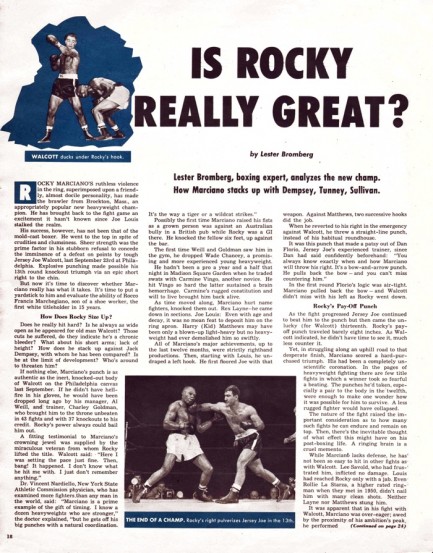
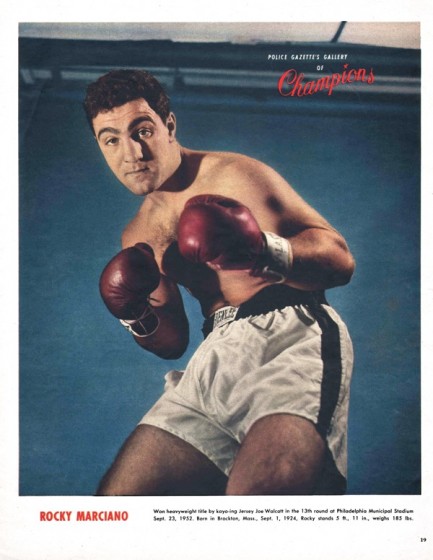 quite a few as well. He was also the oldest heavyweight champion ever at age thirty-seven. But even with all his experience, guile and drive, he had no chance of surviving the destructive power of a full-force Marciano right. Walcott hit the canvas, and the fight—as well as the best part of his career—was over.
quite a few as well. He was also the oldest heavyweight champion ever at age thirty-seven. But even with all his experience, guile and drive, he had no chance of surviving the destructive power of a full-force Marciano right. Walcott hit the canvas, and the fight—as well as the best part of his career—was over.
But Jersey Joe Walcott didn’t just fade away—that would have been completely out of character. He had friends in Hollywood and three years later appeared on the silver screen with Humphrey Bogart in The Harder They Fall. He followed that up in 1962 when he acted in the television series Cain’s Hundred. He also became a boxing referee, and was in the ring when Muhammad Ali beat Sonny Liston for the heavyweight title in 1965. Walcott was heavily criticized for his officiating during that fight, which meant the end of his career as a ref. But he proved that some men are impossible to keep down when he became sheriff of Camden County,
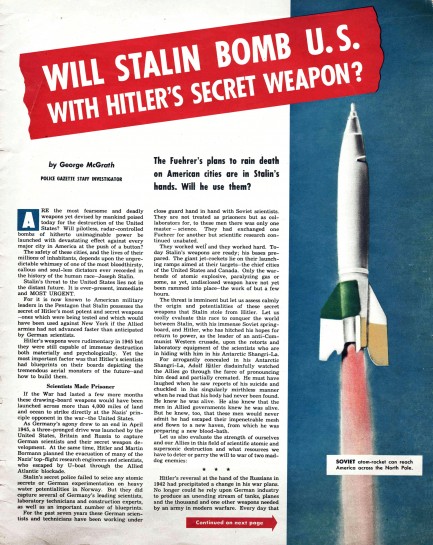
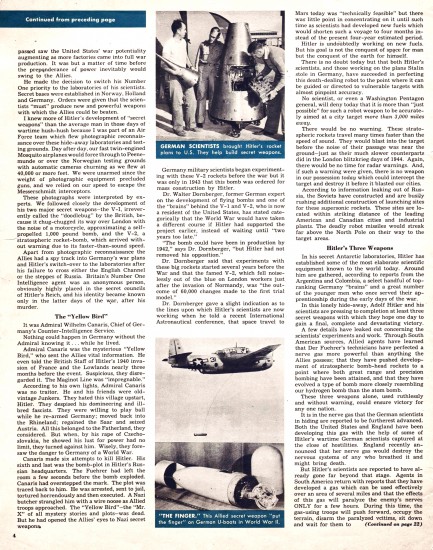
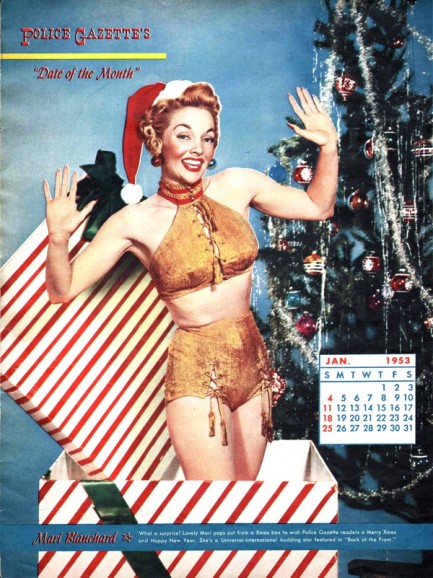
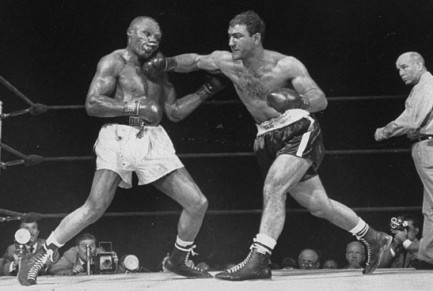
New Jersey, and later head of the New Jersey State Athletic Commission, a position he held until the age of 70. In 1994 Jersey Joe Walcott died at age 80. He had been neither the greatest nor the least of boxing champions, but he had certainly been one of the most persistent.




































































